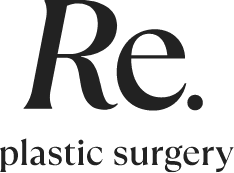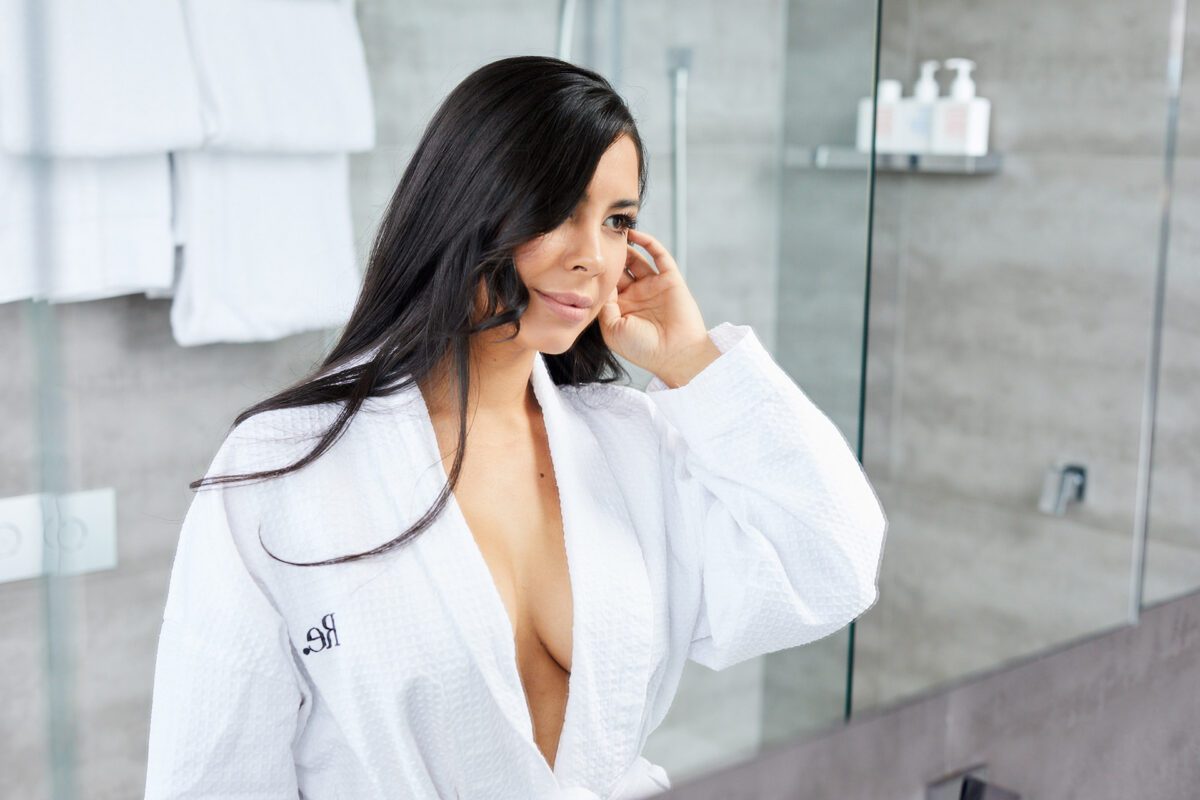1. It’s not just about volume
Many women come in requesting to be a certain volume because it looks good on a photo they have seen on social media. But you need to compare apples with apples. So 400cc high profile on one body type won’t necessarily give you the same result on your body. When you discuss implant volume with your surgeon, focus on the shape you want rather than the specific volume.
2. Breast augmentation is not covered by private insurance
Most people do realise this, however surprisingly up until the 1980s it actually was covered by Medicare and private insurance! There are special circumstances where it may be covered, or partially covered for example with tuberous breasts and obviously reconstruction, but this is a minority of cases.
3. Fat grafting is an alternative to breast implants
Although there are some surgeons who do advocate this as an option, sadly for most women it is not. Fat grafting is an excellent tool to compliment a breast augmentation in thin women or to camouflage some asymmetries but it is not an alternative. Firstly fat grafts do not provide any shape to the breast, so it is difficult to create a nice lower pole curve or cleavage lines. Secondly fat graft uptake is unpredictable at high volumes which is what is needed for a significant volume increase. Thirdly the graft may make detection of breast cancers more difficult in the long term. Fourthly you may need multiple operations to achieve any sort of volume increase. Finally the advocates of this procedure never discuss the donor issues that is the areas in the body where you take the fat from. These can end up with divots, irregularities and contour deformities. Most women seeking this type of surgery don’t have many places with excess fat deposits, thus increasing the risk.
4. Breast augmentation can be done in the office
Anyone offering to do the surgery in their office is unlikely to be a surgeon. Surgeons are accredited specialists, which mean they operate in hospitals. There are numerous safety concerns with doing a procedure such as a breast augmentation outside of an accredited hospital.
5. Your surgeon’s social media page can be helpful
Most patients these days research their surgeon via social media. Any surgeon doing a lot of breast augmentations should have a strong presence on social media. This is a great way to get an insight into the kind of doctor you are getting as well as the quality of their work. Many surgeons use their social media presence to help educate their patients. When you see this on a surgeon’s social media profiles it is a good indicator that they are professional, and comfortable with the surgery. You can also get a feel for their personality and how they will care for you in the recovery phase.
6. Bigger is better
This is rarely the case. Every breast will have a maximum volume that it can accommodate. As you go beyond the anatomic limits of your breast space, your risks of undesired results and long term consequences increases dramatically. Listen to your surgeon, they should guide you to an implant size that will suit you and give a long lasting result.
7. You will need to get your implants changed at 10 years
This is not the case. It is based on older studies with older style implants. Whilst in all reality you may need your breast reoperated on at some point, it may well be longer than 10 years. It depends on so many factors: tissue quality; stage of life; weight changes; life events such as pregnancy; pocket selection etc. This list goes on. In truth it is rarely the implant that fails.
8. Anatomic or tear drop implants are better
This is true in the vast majority of cases. Although for some women with a reasonable breast shape to start with, who don’t want to go too big, often a round implant can give a great result.
9. Breasts with breast implants don’t feel natural
The thinner the patient the more likely this is to be true. That said most implants are placed under the muscle so even in thin women there is some soft tissue to hide the implant. The other factor would be the implant size, so a bigger implant is more likely to be able to be felt.
10. Breast implants affect your ability to breastfeed in the future
No studies have shown this to be true, although it is almost impossible to ascertain because most women having implants haven’t breastfed so you don’t know if you can breastfeed without implants! Point being, not all women are able to breast feed, implants or no implants. What we do know is that if you have implants and you can breast feed then it is perfectly safe to do so, both from the point of view of your baby as well as your implants. Fun fact there is less silicone in breast milk from women with silicone implants than in formula milk.
11. You might lose feeling in your nipples after a breast reduction
Loss of sensation in the nipples can occur whenever there is surgery to the breasts. This is more common after a breast reduction than a breast augmentation. In fact it is quite rare after a breast augmentation. Even if you lose sensation in your nipples, they may still respond to cold and stimulation.
12. Not all “cosmetic surgeons” are plastic surgeons
Sadly this is true. The term “cosmetic surgeon” is not a specialist title, meaning any doctor is allowed to call themselves a “cosmetic surgeon”. You can only use the title Plastic Surgeon if you have done all the training, passed exams and are recognised by the medical board as a specialist. The easiest way to work this out is to go to the AHPRA website and check the registration of your surgeon. If it doesn’t say specialist plastic surgeon then your doctor is not a specialist.




